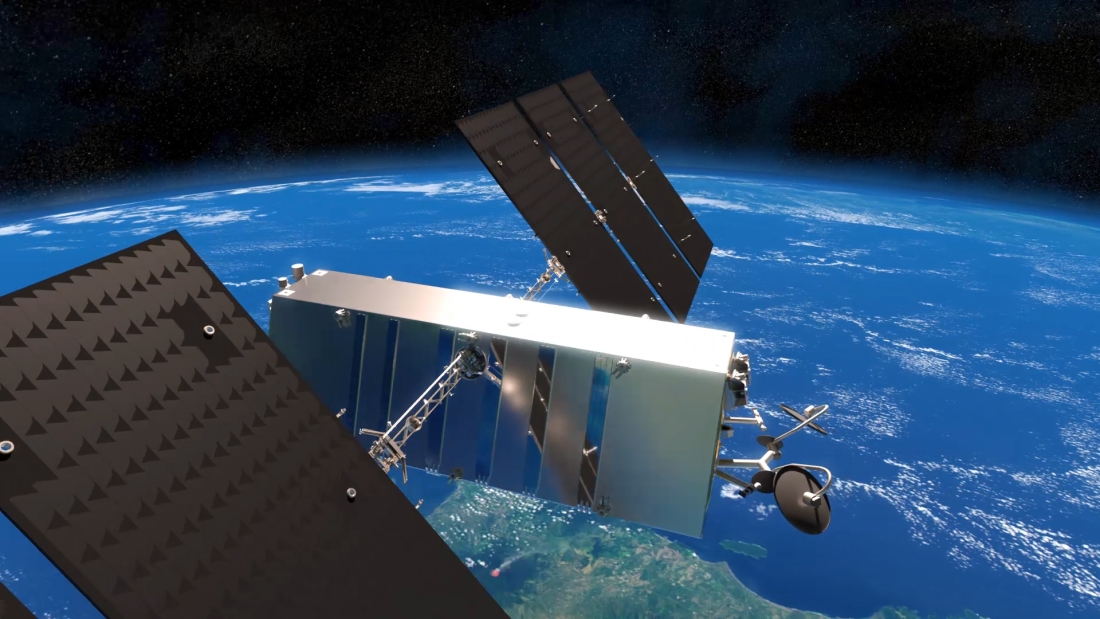
Earth observation satellites from the European Copernicus program orbiting the Earth are transmitting a vast amount of data. In the future, this information from outer space should be able to be usedby national environmental agencies for monitoring water. Researchers are working on this in the joint project “Registration of water quality and water surface of inland waters by remote sensing” (BIGFE) led by the German Helmholtz Center for Environmental Research (UFZ).
Remote sensor data is already used for monitoring coastal areas in the North Sea and Baltic Sea. This is not yet the case when it comes to monitoring inland waters. “We aim to change that,” says UFZ researcher Dr. Karsten Rinke. “The Sentinel satellites of the European Copernicus program provide a wealth of data. It is important to exploit that data for use in water monitoring in future”
Sample material
Traditional monitoring of inland waters takes a lot of time and personnel. Moreover, the results of the on-site surveys and the evaluation of the sample material in laboratories are never more than a snapshot. This is because the measured variables, such as turbidity, temperature or algal occurrence, can be very different at various locations in a lake. It can also change rapidly, depending on the weather conditions and the catchment area.
“This is attributable to the special characteristics of aquatic ecosystems, which are highly dynamic systems. Since monthly sampling is common in many places, important periods, for example when blue-green algae blooms, can easily be overlooked. Added to this is the spatial heterogeneity. This makes it particularly difficult to assess the condition of waters with an area of more than 100 hectares if only one sample is taken in the middle of the lake,” Karsten Rinke explains.
Blue-green algae
Satellite-based information can be provided daily to weekly, depending on the type. The use of remote sensor data in combination with classical monitoring measures can significantly improve the informational value of the condition of inland waters. “In this way, data from outer space contributes to up-to-date information and enables a quick response to manage eventual situations. Like in the event of the massive presence of blue-green algae in recreational waters, for example,” Rinke adds.
Blue-green algae: Dutch TNO supplies optical module for Sentinel-5 space mission








